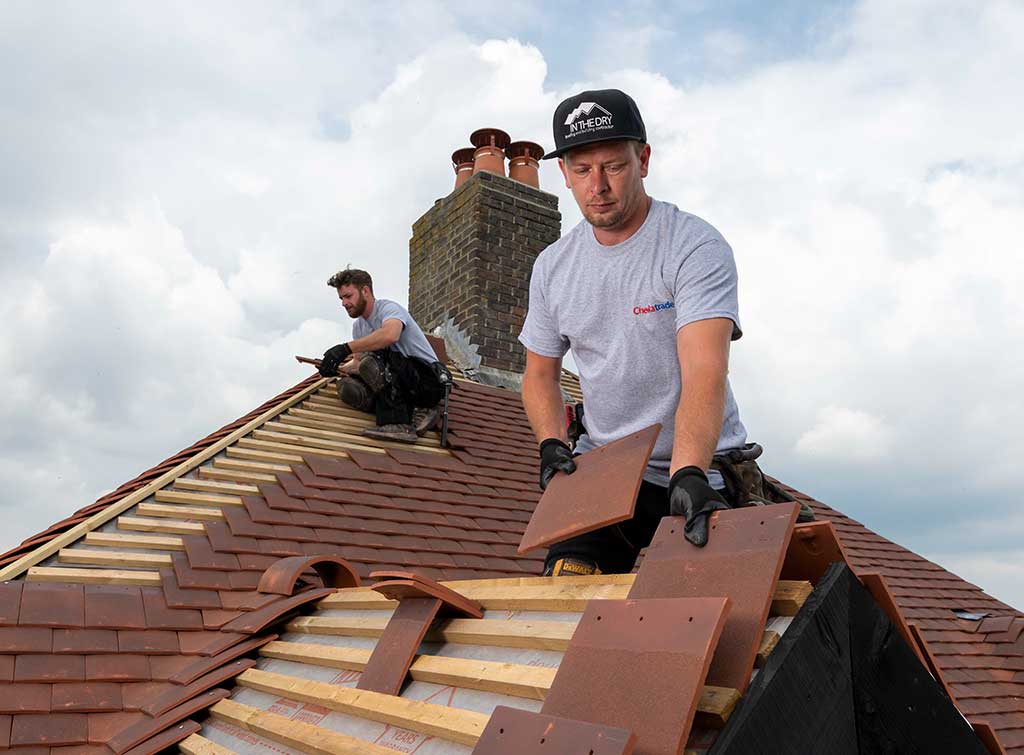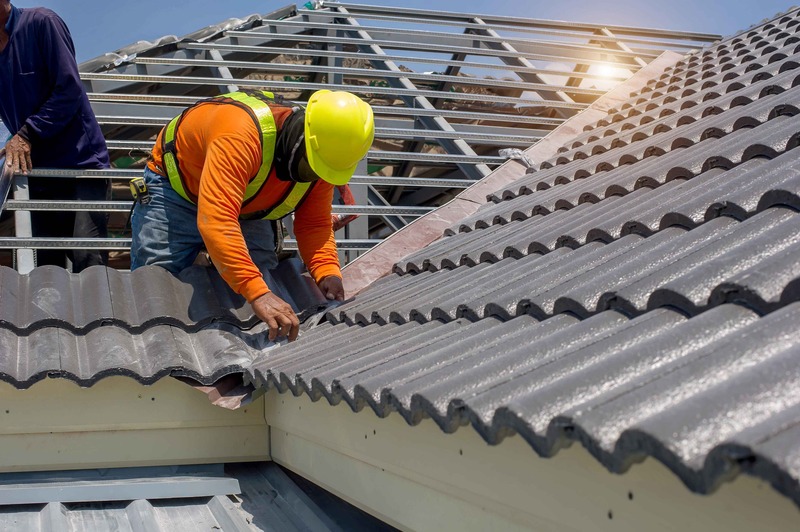Roof Replacement Cost For Terraced House: What You Have to Know
Roof Replacement Cost For Terraced House: What You Have to Know
Blog Article
Roof replacement is one of the most important investments a UK homeowner can make. Over time, even the most well-constructed roofs begin to show signs of wear and tear, especially given the often unpredictable British weather. From relentless rain to heavy winds and occasional snowfall, the UK climate can take a serious toll on roofing materials. The homeowner may notice that the roof is nearing its end. This could be due to loose tiles, roof leaks, roof moss or an uneven roofline. Ignoring these issues can lead to internal water damage, insulation problems, and structural weaknesses. Replacing a roof in a timely manner not only protects the home but can also significantly increase property value. It is important to know when and how you should replace your roof in order to ensure safety and comfort.
In the UK, the lifespan of a typical roof depends heavily on the material used and how well it has been maintained. Slate and clay tiles are traditional choices for British homes and can last 50 to 100 years if properly installed and maintained. Concrete tiles offer a more affordable option and are still durable for 40-60 years. This makes them an attractive choice for homes of today. The life expectancy for felt roofs is usually 20-30 years. They are often found on garages and extensions. Patch repairs can be expensive and may not extend the roof's life. A professional roof inspection can determine if a replacement is needed and which options best suit the structure and location your home. Factors such as ventilation, roof pitch, and underlayment condition should also be considered during assessment.
The choice of materials for a new roof is crucial. Slate, clay tiles and concrete tiles are the most popular roofing materials in the UK. Synthetic alternatives, which mimic the traditional look while providing modern advantages, have also become more common. The durability of slate can be up to 100 years. This makes it an excellent choice for older homes. Clay tiles are also long-lasting and have natural insulation qualities, though they can be damaged by freezing temperatures. Concrete tiles are cost-effective and widely used in suburban housing. For easier installation, some homeowners choose lightweight composite or metal tiles. It's essential to select materials that align with the home's architectural style, local building regulations, and the regional climate. A professional roofer can help guide these decisions based on the specific requirements of each property.
The process of Typical roof replacement prices in the UK can be complex and time-consuming, often requiring the expertise of a professional roofing contractor. First, a roof inspection is conducted to determine the extent of damage. After determining the extent of the damage, it is necessary to remove the existing roofing and prepare the roof structure for the replacement. This may involve repairing or replacing the underlying decking, which is the layer beneath the roofing material that supports it. After the structure is secured, new roofing material is installed, with options ranging from traditional tiles and slates to more modern materials like metal roofing or synthetic tiles. The entire process can take several days, depending on how large the house is and how complex the roof structure is. To get extra information please look at https://www.roofadvisor.co.uk/how-much-does-a-roof-replacement-cost-in-the-uk/
Timing a roof replacement is another crucial consideration for UK homeowners, given the country's variable climate. Most roofing projects are scheduled during spring, summer, or early autumn to avoid delays caused by rain, wind, or icy conditions. Although emergency roof replacements are possible at any time, scheduling the work during favorable weather conditions allows for better quality and efficiency. Depending on the roof's complexity and size, the replacement process may take anywhere from a few days to a couple of weeks. Homeowners should be prepared for some inconvenience, such as scaffolding and noise. They may also have limited access to specific areas. Preparing in advance, such as informing neighbours and protecting garden furniture or vehicles, can help reduce inconvenience. A professional roofer will provide a clear timeline, keep communication open, and ensure safety and cleanliness throughout the project.
In the UK, roof replacement is a vital part of home maintenance. It should be done as soon as signs of wear and tear appear. A well-installed new roof protects against harsh weather, improves insulation, and boosts property value. Homeowners can customize their roof according to aesthetic preferences as well as practical requirements. The cost may be high, but the benefits over time - such as energy savings, structural stability, and peace-of-mind - are worth it. Careful planning, the right contractor, and informed decision-making are the keys to a successful roof replacement. Replacing an old roof can be a smart investment for UK homeowners who want to safeguard their home's value over the next few decades.